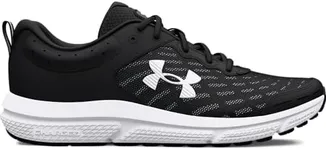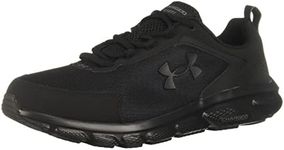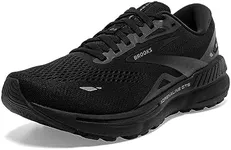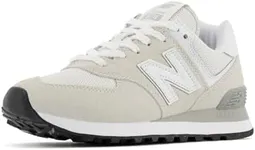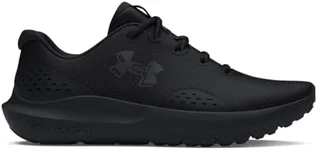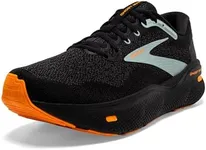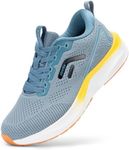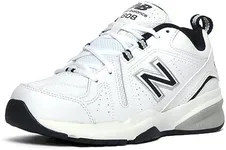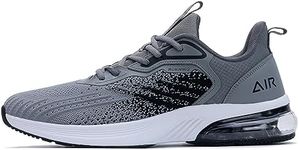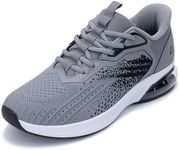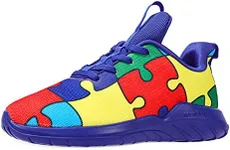Buying Guide for the Best Athletic Shoes
Choosing the right athletic shoes is crucial for both performance and comfort. The right pair can help prevent injuries, improve your performance, and make your workouts more enjoyable. When selecting athletic shoes, consider the type of activity you'll be doing, your foot type, and any specific needs you might have. Here are some key specifications to consider when picking the best athletic shoes for you.FitFit refers to how well the shoe conforms to your foot. A good fit is essential to prevent blisters, discomfort, and injuries. Shoes that are too tight can cause pain and restrict movement, while shoes that are too loose can lead to instability. To find the right fit, try on shoes at the end of the day when your feet are at their largest, and make sure there is about a thumb's width of space between your longest toe and the end of the shoe.
CushioningCushioning is the amount of padding in the shoe, which helps absorb impact and reduce stress on your joints. This is particularly important for high-impact activities like running or jumping. Shoes with more cushioning are generally softer and provide more shock absorption, making them suitable for long-distance running or people with joint issues. Less cushioned shoes offer a firmer feel and are often preferred for activities that require more stability and ground feel, like weightlifting or sprinting.
Arch SupportArch support refers to the support provided to the arch of your foot. Proper arch support can help prevent overpronation (foot rolling inward) or supination (foot rolling outward), which can lead to injuries. People with flat feet or low arches typically need more support, while those with high arches may require less. To determine your arch type, you can do a wet test by wetting your foot and stepping on a piece of paper to see the imprint.
BreathabilityBreathability is the shoe's ability to allow air to circulate, keeping your feet cool and dry. This is important for preventing blisters and maintaining comfort during long workouts. Shoes made with mesh or other breathable materials are ideal for hot weather or intense activities that cause your feet to sweat. If you tend to have sweaty feet or plan to use the shoes in warm conditions, prioritize breathability.
TractionTraction refers to the grip the shoe provides on different surfaces. Good traction is essential for preventing slips and falls, especially in activities that involve quick changes in direction or running on uneven terrain. Shoes with deeper treads and more aggressive patterns offer better grip on trails and rough surfaces, while smoother soles are suitable for indoor activities like gym workouts or court sports.
DurabilityDurability is the shoe's ability to withstand wear and tear over time. Durable shoes are made with high-quality materials and construction, ensuring they last longer even with regular use. If you plan to use the shoes frequently or for intense activities, look for features like reinforced stitching, sturdy outsoles, and durable upper materials. This will ensure you get the most out of your investment.
WeightWeight refers to how heavy the shoe feels on your foot. Lighter shoes can enhance speed and agility, making them ideal for running and other fast-paced activities. Heavier shoes often provide more support and cushioning, which can be beneficial for activities that require stability, like hiking or weightlifting. Consider the type of activity and your personal preference when choosing the weight of your athletic shoes.
